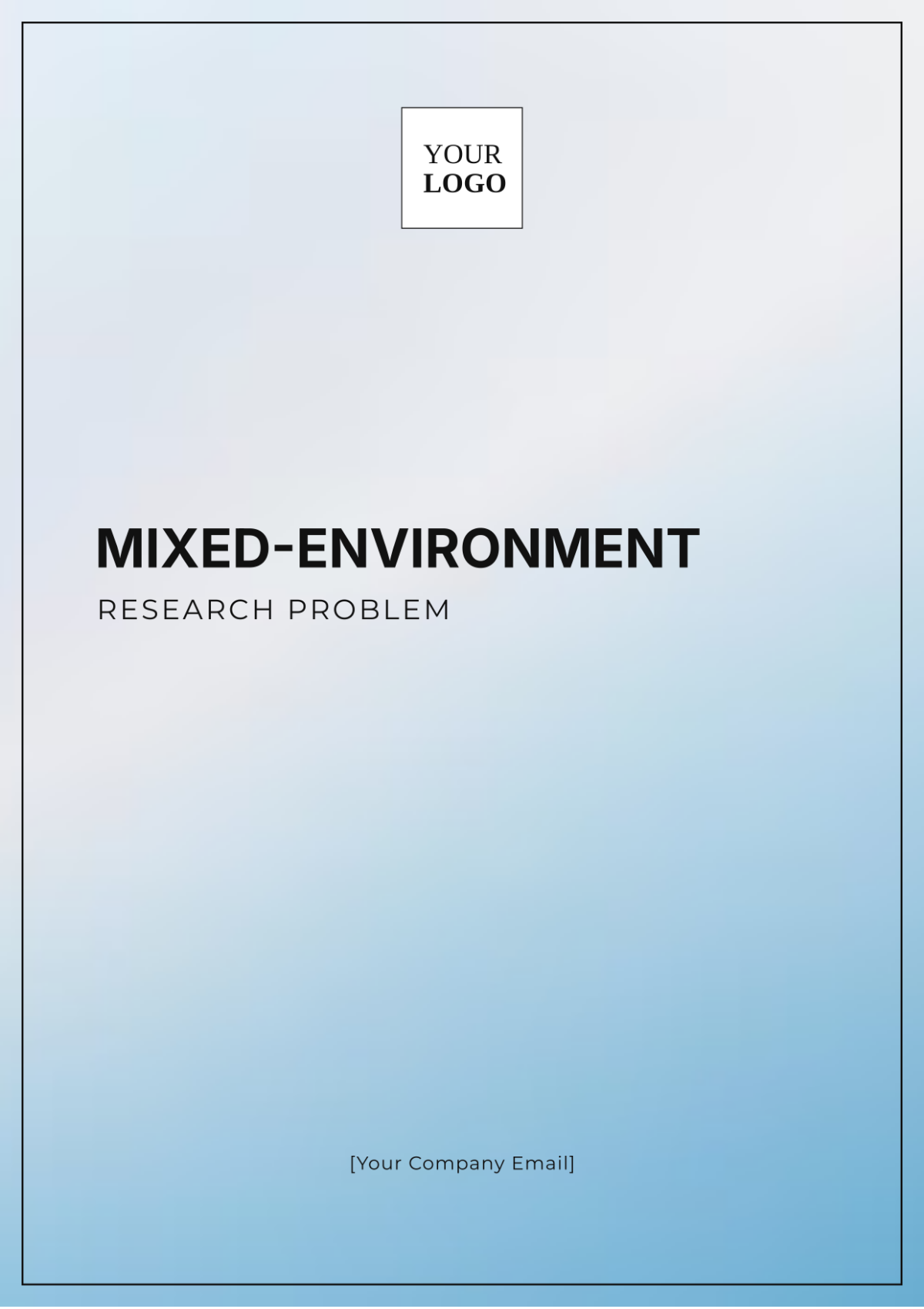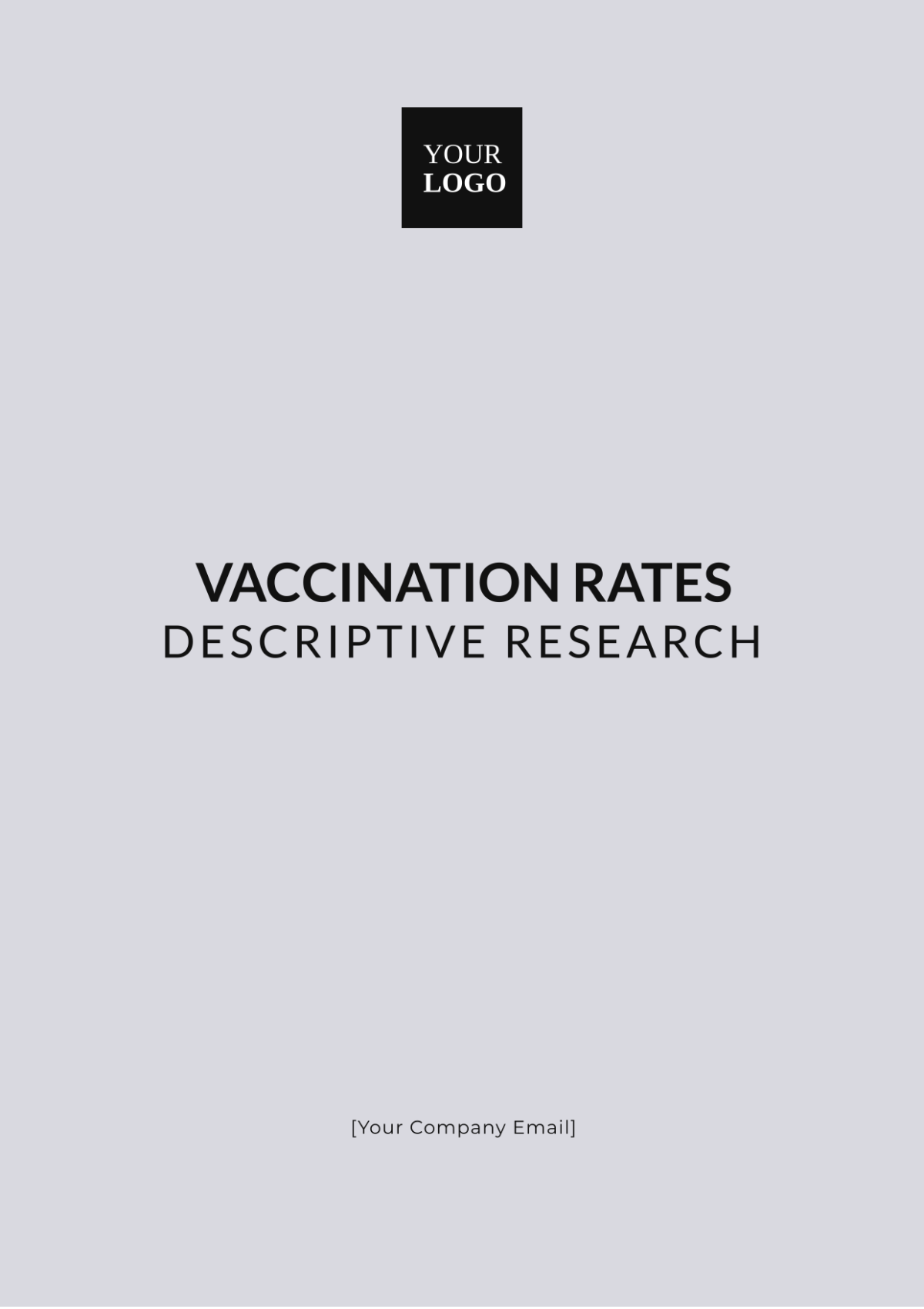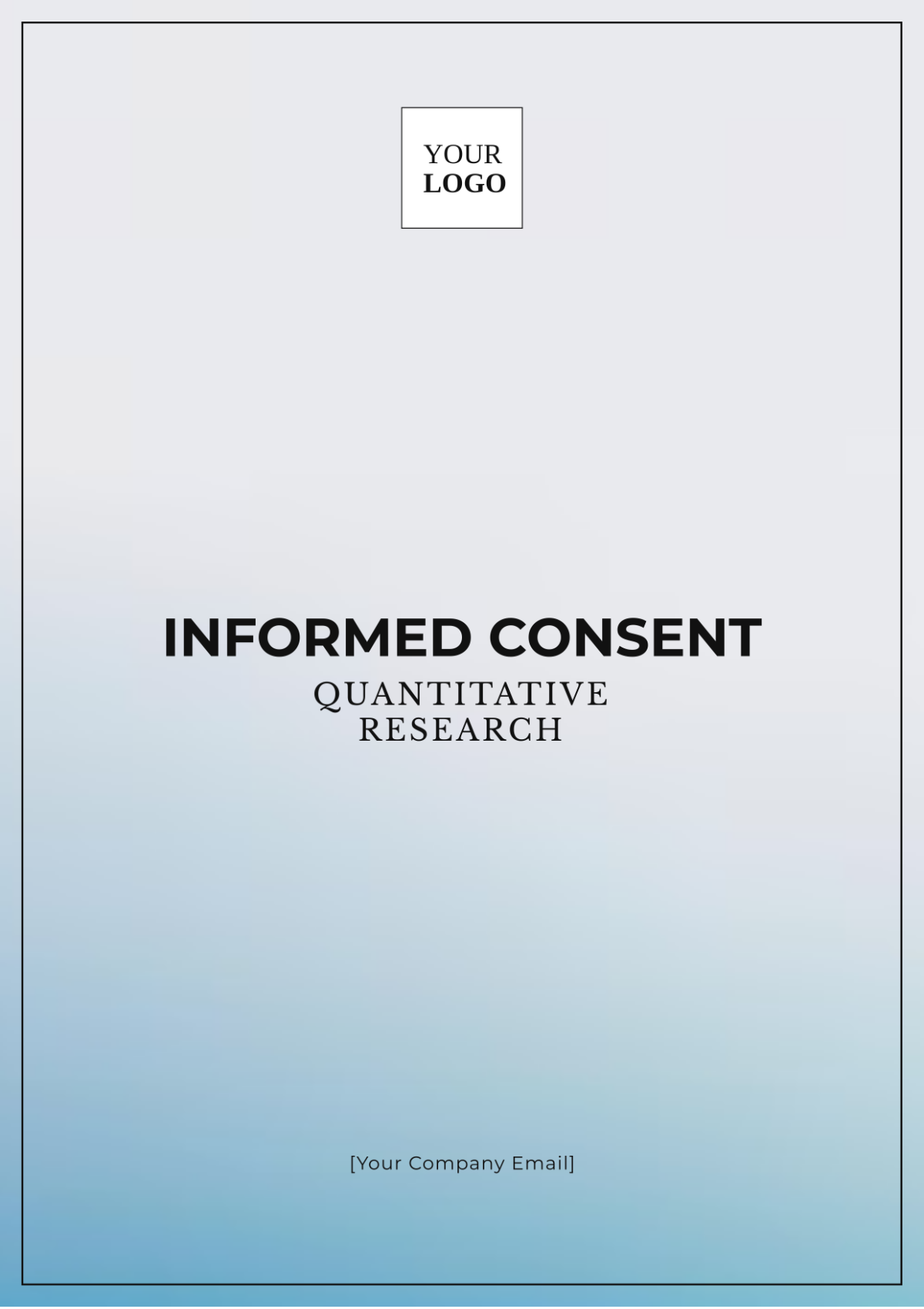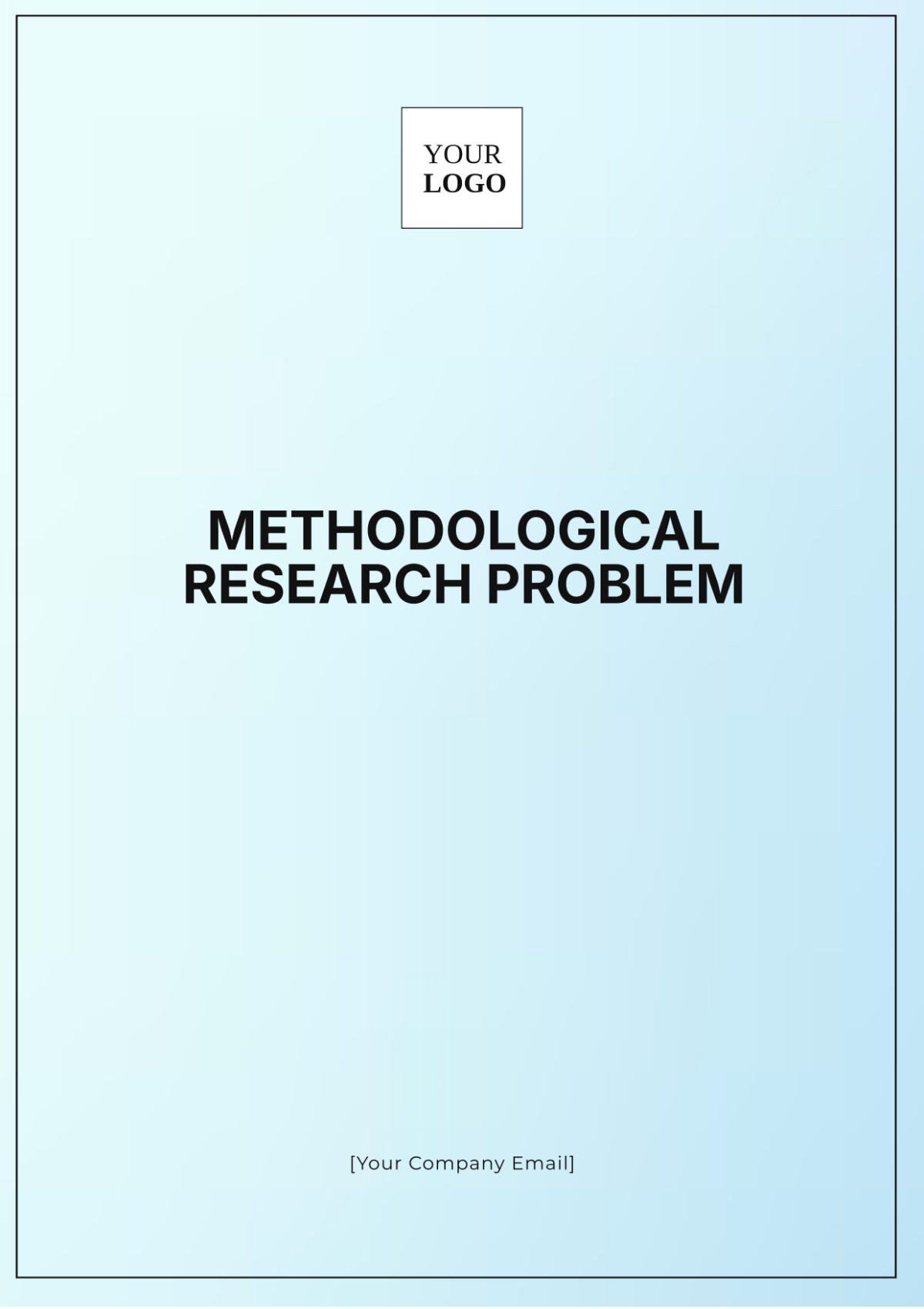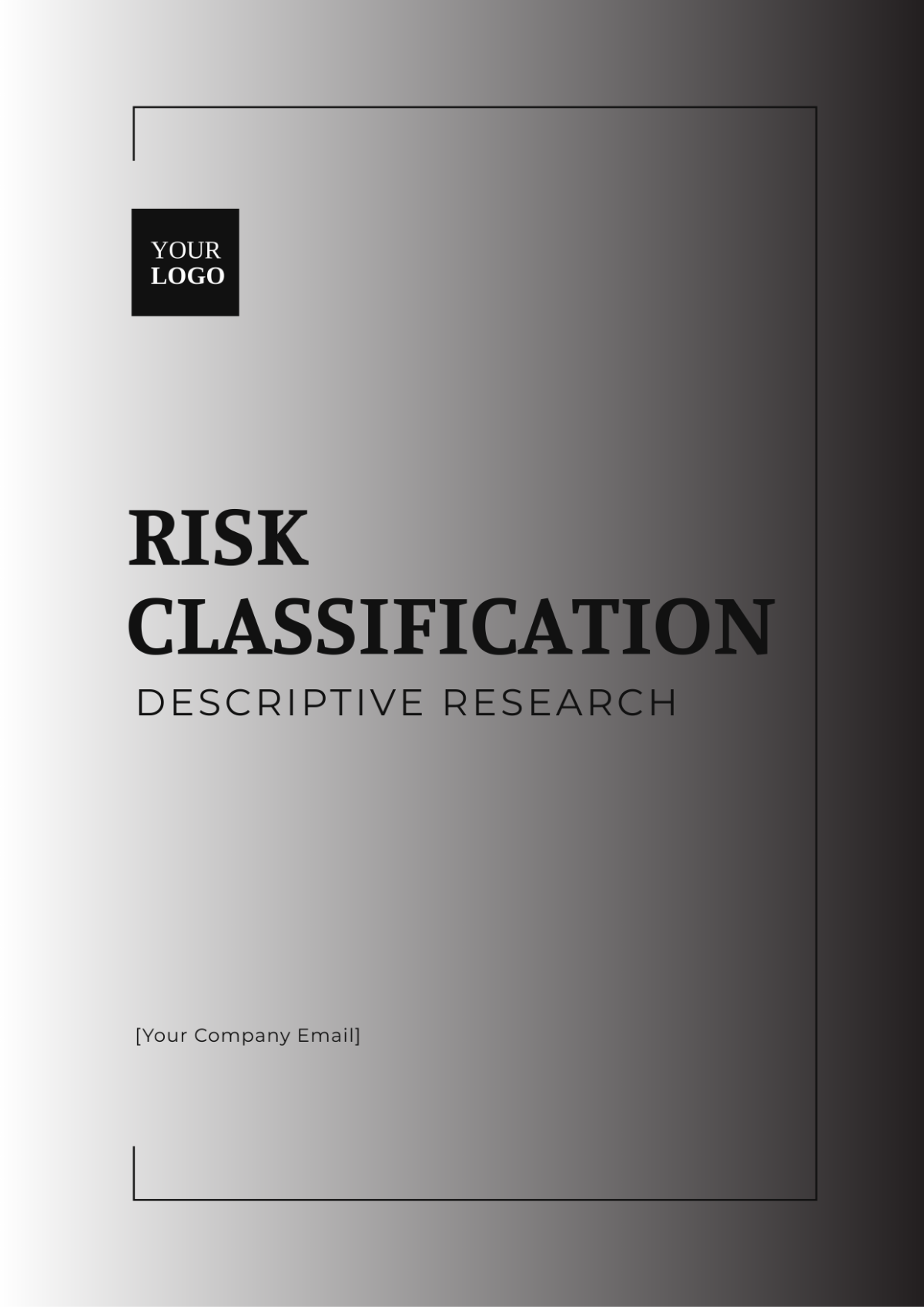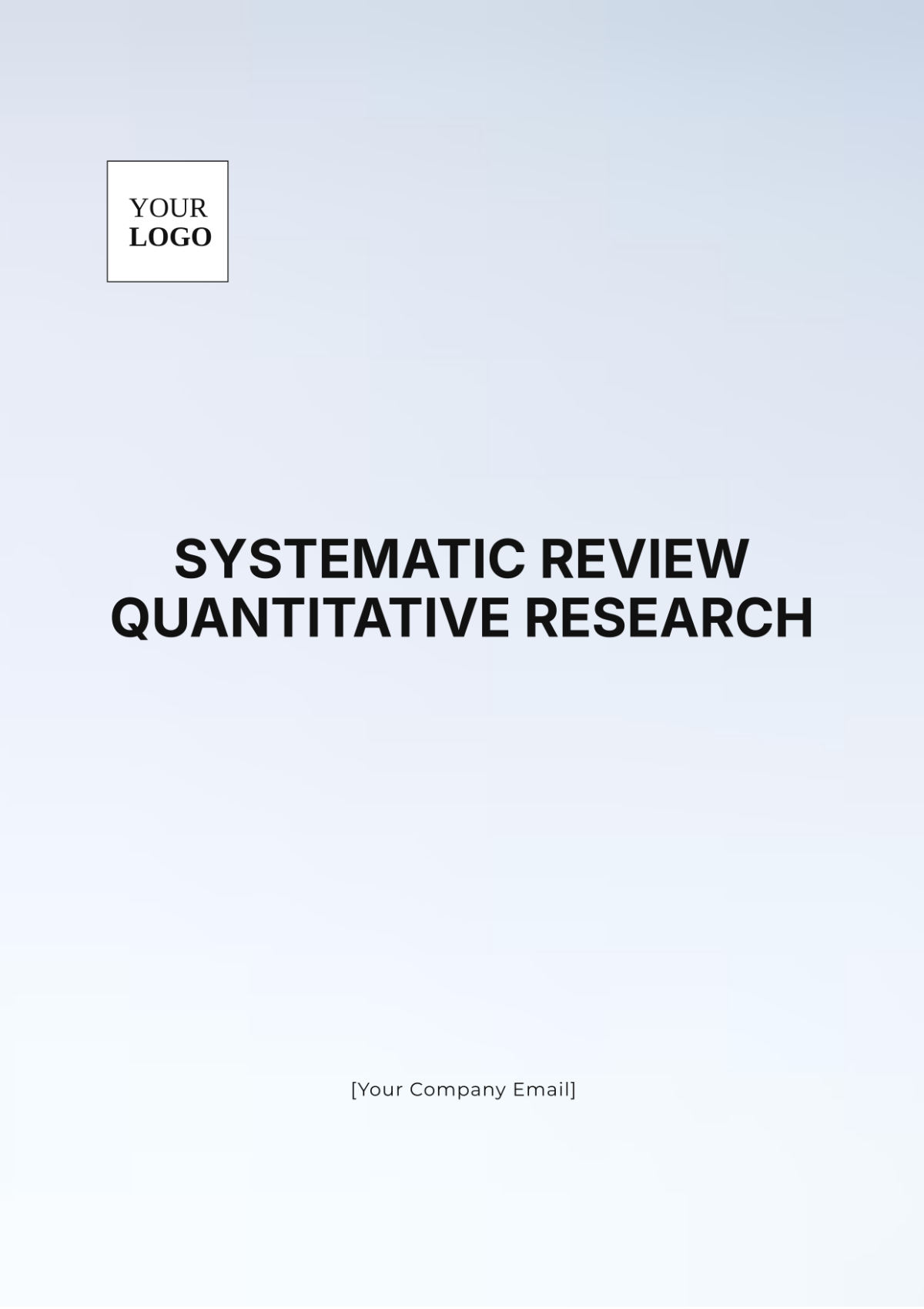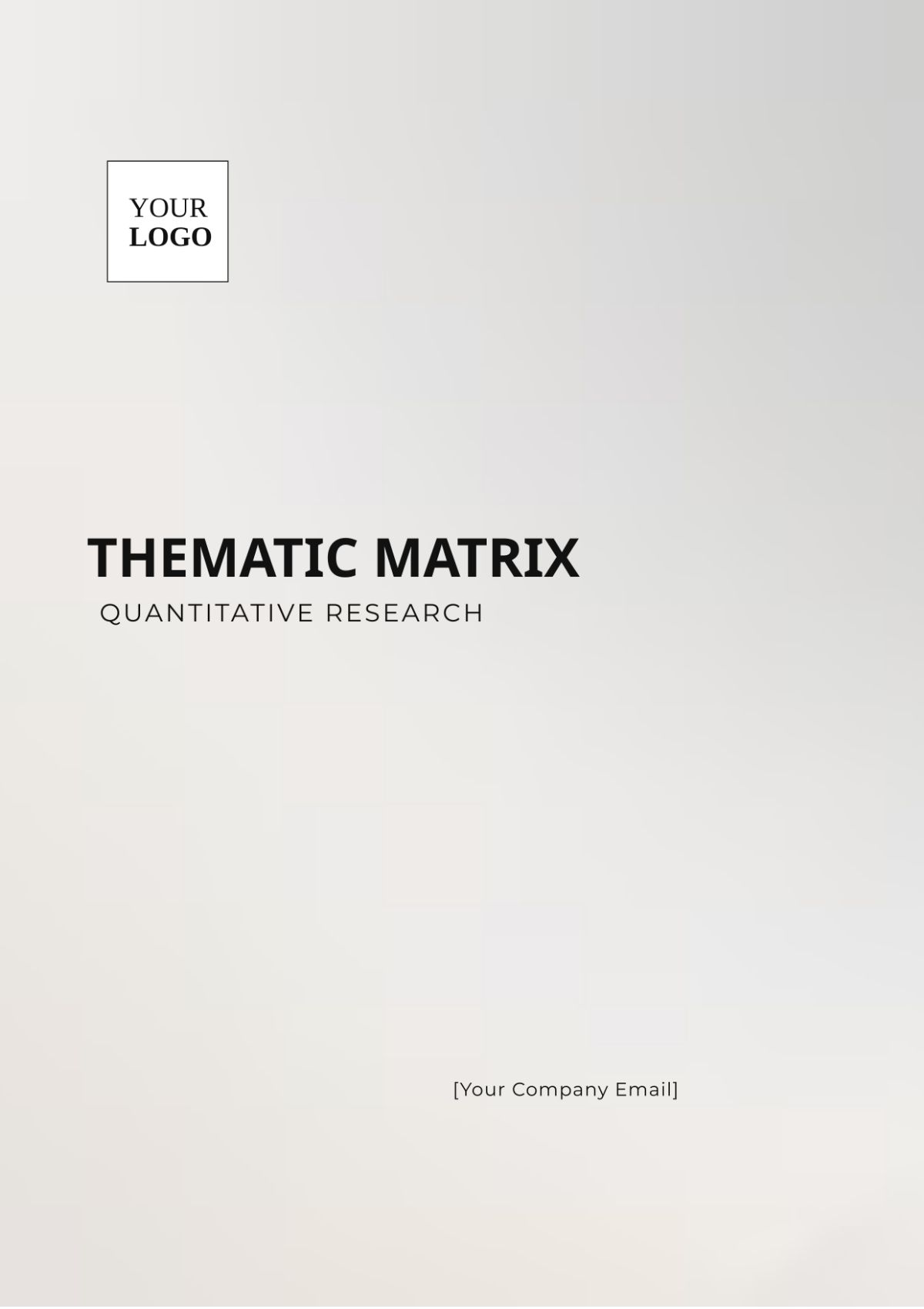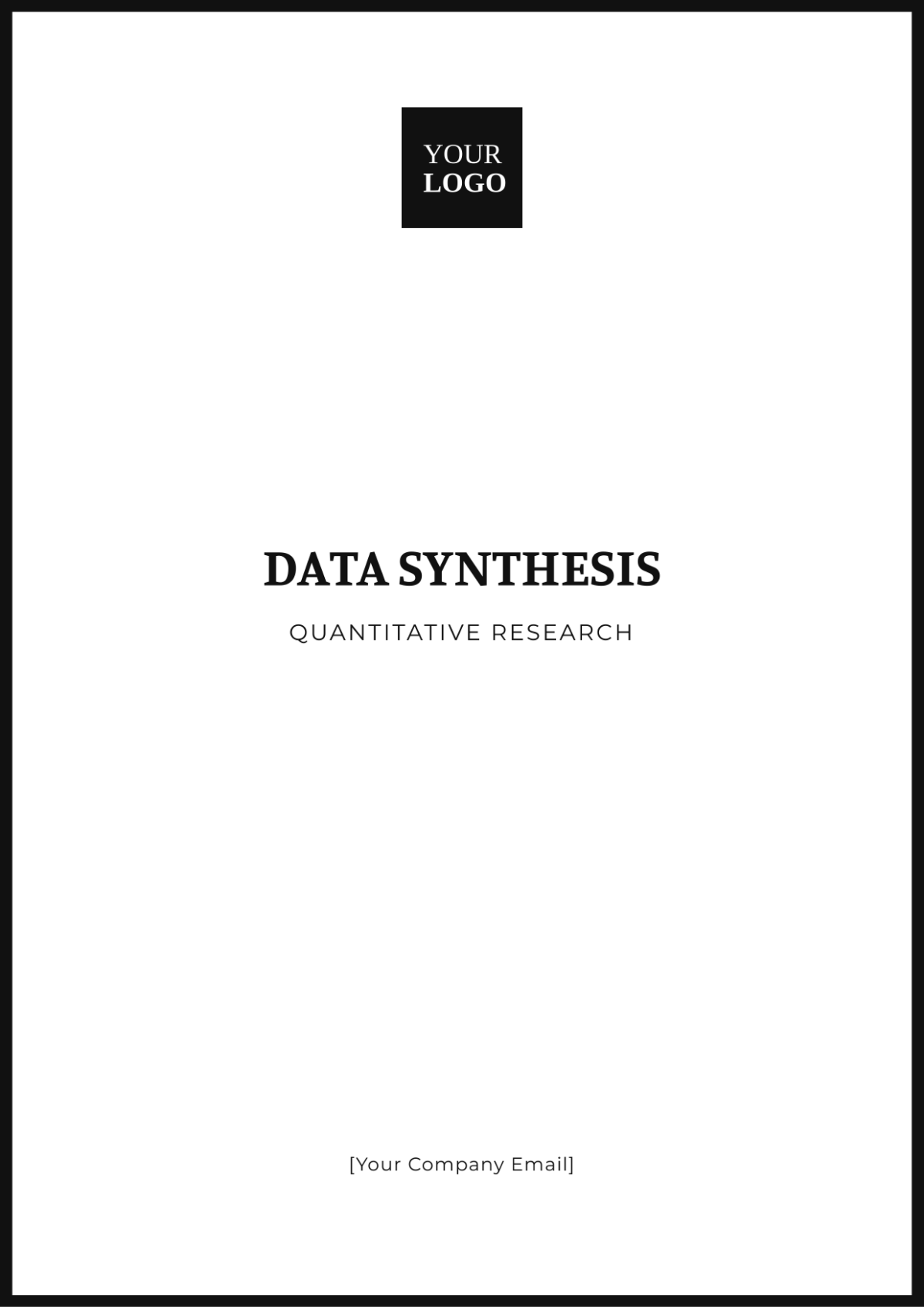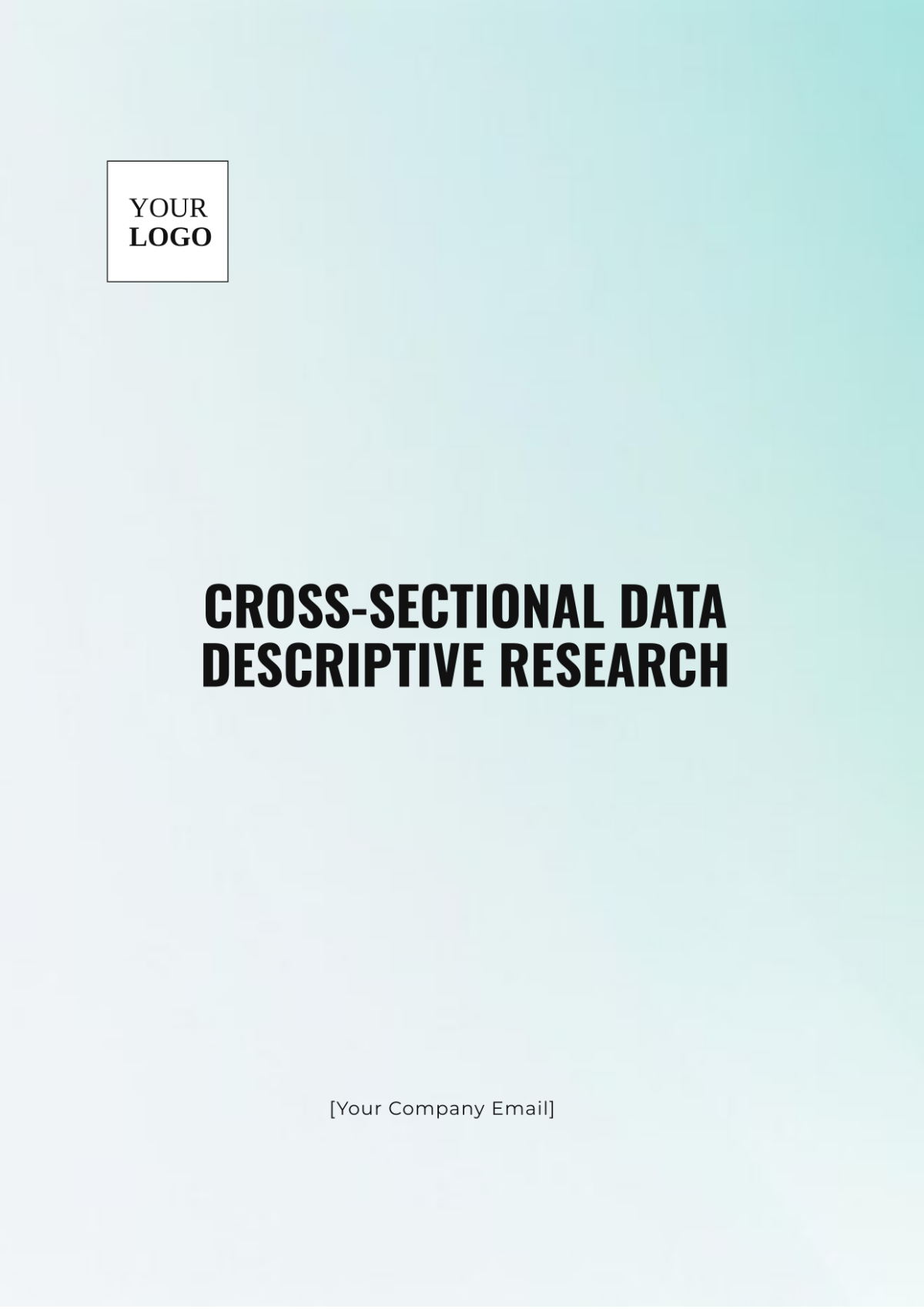Vaccination Rates Descriptive Research
Prepared By: [Your Name]
1. Abstract
This research, conducted by [Your Company Name], provides an overview of vaccination coverage within a specific population or geographic area. It aims to describe patterns and trends in vaccination rates, highlighting variations across different demographic groups and periods. This comprehensive review helps in understanding the extent of vaccination uptake and identifying gaps in coverage.
2. Introduction
Vaccination is one of the most cost-effective public health interventions. Monitoring vaccination rates is crucial for ensuring high immunization coverage and identifying areas with potential risks of disease outbreaks. This research examines vaccination rates in a specified geographic area, providing insights into demographic variances and temporal trends.
3. Methodology
3.1 Data Collection
Data was collected from various sources to provide a comprehensive analysis:
Public Health Records: National and local health department records from 2050 to 2055 were utilized to gather vaccination data. These records include detailed information on vaccine administration, coverage rates, and demographic breakdowns.
Vaccination Registries: State and local immunization registries were accessed to obtain detailed vaccination records. This data provided insights into vaccination rates across different regions and populations.
Surveys: Surveys were conducted among healthcare providers and the general population from 2050 to 2055. These surveys aimed to supplement official records with self-reported data on vaccination rates, vaccine availability, and public attitudes toward vaccination.
3.2 Sampling
Population Selection: A representative sample of 50,000 individuals from the population was selected using stratified sampling techniques. This approach ensured the inclusivity of diverse demographic groups, including variations in age, gender, socioeconomic status, and geographic location.
Data Period: The study analyzed data collected over a period from January 2050 to December 2055. This timeframe allowed for the examination of trends and variations in vaccination rates over six years.
3.2 Analysis Techniques
Descriptive Statistics: Calculated mean, median, and percentage of vaccinated individuals for each vaccine type.
Trend Analysis: Assessed changes in vaccination rates over the past 6 years to identify significant trends.
Demographic Analysis: Evaluated vaccination rates by age, sex, socioeconomic status, and other relevant attributes.
Geographic Analysis: Compared vaccination rates across different regions within the study area.
4. Results
4.1 Overall Vaccination Coverage
The following table provides a summary of overall vaccination rates within the studied population:
Vaccine Type | Coverage Rate (%) |
|---|---|
MMR (Measles, Mumps, and Rubella) | 92% |
DTP (Diphtheria, Tetanus, and Pertussis) | 89% |
Polio | 95% |
Influenza | 67% |
4.2 Demographic Variations
The following differences in vaccination rates were observed across various demographic groups:
Age Groups: Higher vaccination rates were observed among children under five years as compared to adults over 50 years.
Sex: Females exhibited slightly higher vaccination rates than males across most vaccine types.
Socioeconomic Status: Higher vaccination coverage was associated with higher income and education levels.
Geographic Variations: Urban areas displayed higher vaccination rates compared to rural regions.
5. Trends Over Time
Analysis of vaccination data over the past decade reveals the following trends:
Gradual increase in vaccine uptake for MMR and Polio vaccines.
Consistent but slower growth in DTP vaccination rates.
Fluctuations in Influenza vaccine uptake, with notable spikes during major flu outbreaks.
6. Discussion
6.1 Interpretation of Findings
The research indicates overall high vaccination coverage but highlights significant disparities. Lower coverage in rural and low-income areas suggests a need for targeted public health interventions. The gradual increase in MMR and Polio coverage reflects successful public health campaigns while fluctuating Influenza rates require attention to seasonal variations and outbreak preparedness.
6.2 Implications for Public Health
The findings underscore the importance of addressing geographic and socioeconomic disparities in vaccination coverage. Strategies should focus on improving vaccine access, increasing public awareness, and enhancing outreach efforts in underserved areas.
6.3 Limitations
The study acknowledges potential limitations, including data gaps from certain regions and possible biases in self-reported survey data.
7. Conclusion
This research provides valuable insights into vaccination rates, revealing patterns and trends that inform public health strategies. Addressing identified gaps through targeted interventions and continued monitoring will be crucial for achieving comprehensive immunization coverage and preventing disease outbreaks.
8. References
Smith, J., & Doe, A. (2050). Vaccination Trends and Coverage. Journal of Public Health, 45(2), 123-136. APA
National Immunization Survey. (2052). Annual Vaccination Report. Centers for Disease Control and Prevention. MLA
World Health Organization. (2051). Immunization Coverage. Retrieved from https://www.who.int/immunization/monitoring_surveillance/routine/coverage/en/








